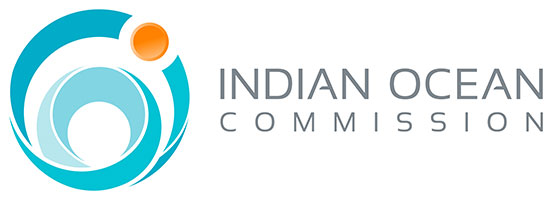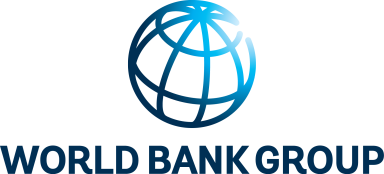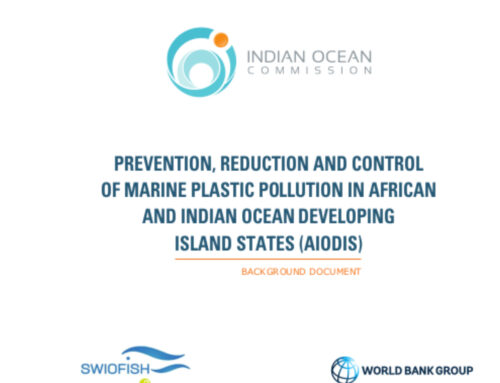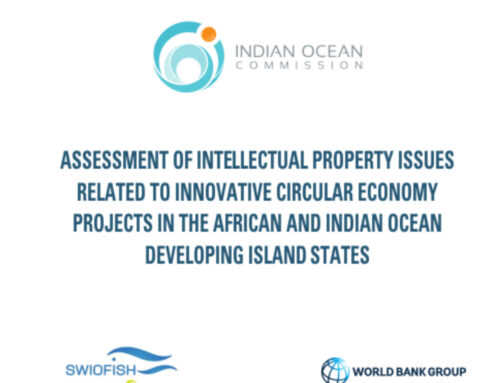Natural resources use and material consumptions have exponentially increased in the past 20 years (Schandl et al., 2018; Wiedmann et al., 2015).They have led to various environmental problems such as the biodiversity crisis but also socio-economic issues with the widening of the inequality gap (Marques et al., 2019; Teixidó-Figueras et al., 2016). The global economic system and the capitalist manners of exploiting natural resources have been seen as major contributors to the situation (Seis, 2001). Since the 1960s, alternative systems have been promoted including the need for a circular economy (CE) that is restorative by design (Winans et al., 2017). The concept is now becoming mainstream and has seen its implementation under other concepts such as the green and, more recent, blue economies (D’Amato et al., 2017; Twomey & Washington, 2016).
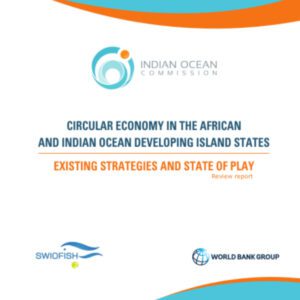 Among existing definitions of CE, Kirchherr et al. (2017) provided a useful one for the current Indian Ocean Developing Island States project (IODIS): an “economic system that replaces the ‘end-oflife’ concept with reducing, alternatively reusing, recycling and recovering materials in production/distribution and consumption processes.”. The CE operates at different level from the micro level (products, companies, consumers), the meso-level (eco-industrial parks) and the macro level (city,
Among existing definitions of CE, Kirchherr et al. (2017) provided a useful one for the current Indian Ocean Developing Island States project (IODIS): an “economic system that replaces the ‘end-oflife’ concept with reducing, alternatively reusing, recycling and recovering materials in production/distribution and consumption processes.”. The CE operates at different level from the micro level (products, companies, consumers), the meso-level (eco-industrial parks) and the macro level (city,
region, nation and beyond) (ibid). The CE has also been increasingly associated as a necessary step to achieve sustainable development (Suárez-Eiroa et al., 2019). It has received increasing attention from governments, the private sector and academia (D’Adamo, 2019; Suárez-Eiroa et al., 2019). The European Union (EU), for example, adopted the CE Action plan in 2015 to help stimulate theEU’s transition towards a CE (Domenech & Bahn-Walkowiak, 2019). Countries like France or the Netherlands are seen as championing in CE implementation. Global initiatives are also burgeoning, such as the Global Plastic Action Partnership, Circular Electronics Action Partnership or the Global Battery Alliance (WEF, 2020). For the African and Indian Ocean Developing Island States (AIODIS) and African countries in general, excluding Reunion Island, the circular economy is still a nascent concept (Desmond & Asamba, 2019). However, it represents an opportunity to overcome the challenges that the AIODIS face as island states, including the reliance of import for goods and material and the accumulation of waste that degrades the environment (Dussaux & Glachant, 2019; Romero-Hernández & Romero, 2018).
The aim of the report is to look at the level of implementation of CE in AODIS. In the current blue economy agenda that many AIODIS have adopted, it presents the opportunity to build a strong blue economy that could be less reliant on external inputs. It is especially relevant for key areas of blue economy that build on harvesting/extraction, the use of renewable and non-renewable resources, and commerce and trade. Implementing a CE represents the opportunity to achieve sustainable and inclusive blue growth. The CE framework that is used in this report is that of the Ellen MacArthur Foundation, which has been pioneering and promoting the implementation of CE since 2013. The framework is based on three principles: preserve and enhance natural capital by controlling finite stocks and balancing renewable resource flows (P1), optimise resource yields by circulating products, components, and materials at the highest utility at all times in both technical and biological cycles (P2), and foster system effectiveness by revealing and designing out negative externalities (P3) (EMF 2015).
The report starts with a brief description of the theoretical framework based on the CE system diagram, it then presents the current frameworks and strategies within AOIDIS that can relate to a CE. It continues with a discussion of challenges to achieve a CE in AIODIS. It concludes with the opportunities that can be developed with the AIODIS to boost their CE and contribute to sustainable blue economies.
